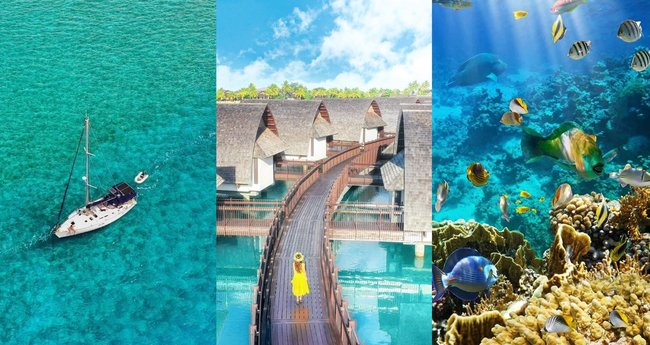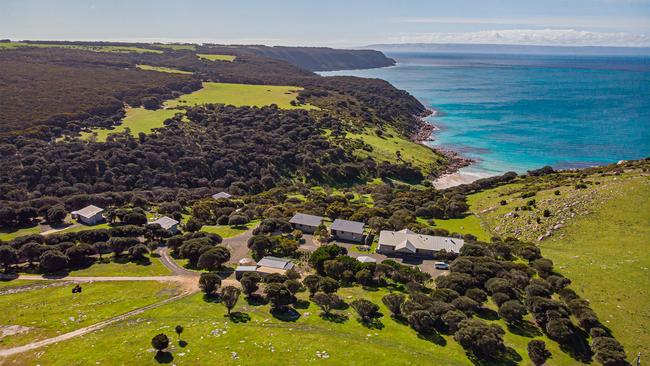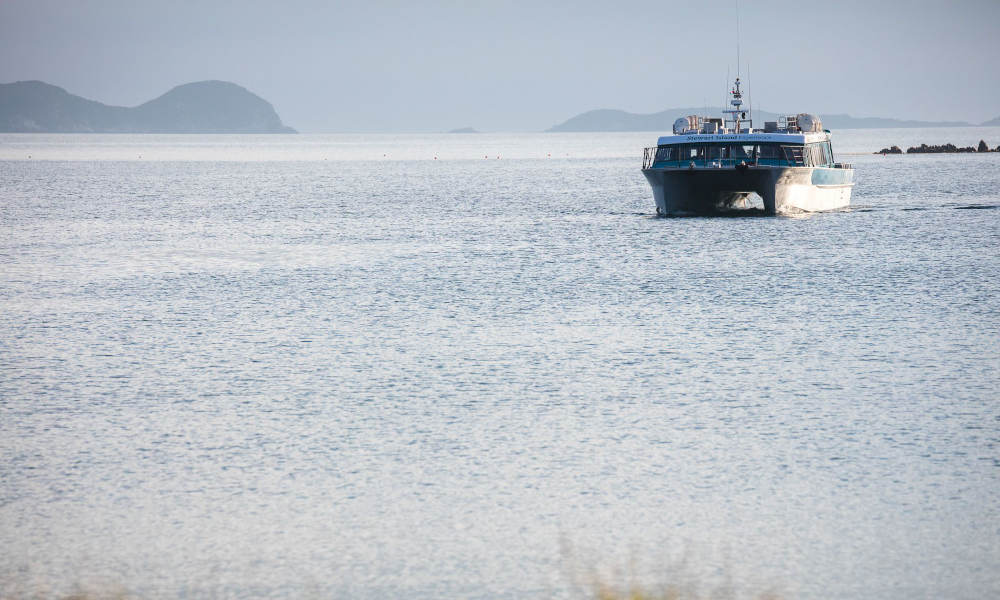Easter Island Historical Overview
Easter Island, located in the South Pacific Ocean, is a remote and enigmatic island renowned for its mysterious Moai statues. The island, officially known as Rapa Nui, has a rich cultural heritage and is a popular tourist destination for those interested in archaeology and ancient civilizations.
The first settlers of Easter Island are believed to have arrived around the year 1200 AD, likely from Polynesian islands in the South Pacific. The Rapa Nui people developed a unique culture and built the famous Moai statues, large stone heads with distinctive facial features, which were placed on stone platforms called Ahu. The Moai were an important symbol of power and status and over 800 have been identified on the island.
The island’s population reached its peak in the 16th century, but by the late 1700s the society had declined and the Moai were abandoned. The Rapa Nui people suffered greatly in the 19th century, when European slave traders and later, European explorers, arrived on the island. The island’s population plummeted, due to disease, exploitation, and enslavement.
In 1888, Chile annexed Easter Island and the Rapa Nui people became Chilean citizens. The island’s cultural heritage was threatened when many of the Moai were taken by European collectors, but in recent decades, efforts have been made to return the stolen Moai and protect the remaining ones. The Rapa Nui people have also worked to preserve their cultural traditions and revitalize their language.
Today, Easter Island is a UNESCO World Heritage site and visitors can tour the island and see the Moai, Ahu, and petroglyphs, which are rock carvings created by the Rapa Nui people. The island also offers unique experiences such as horseback riding and snorkeling.
In conclusion, Easter Island is a fascinating destination for travellers interested in ancient civilizations, archaeology, and unique cultural experiences. The island’s rich cultural heritage, combined with its remote location, makes it a unique and captivating destination. Visitors can explore the island’s history, admire its stunning Moai statues, and learn about the Rapa Nui people’s resilience and efforts to preserve their culture.







